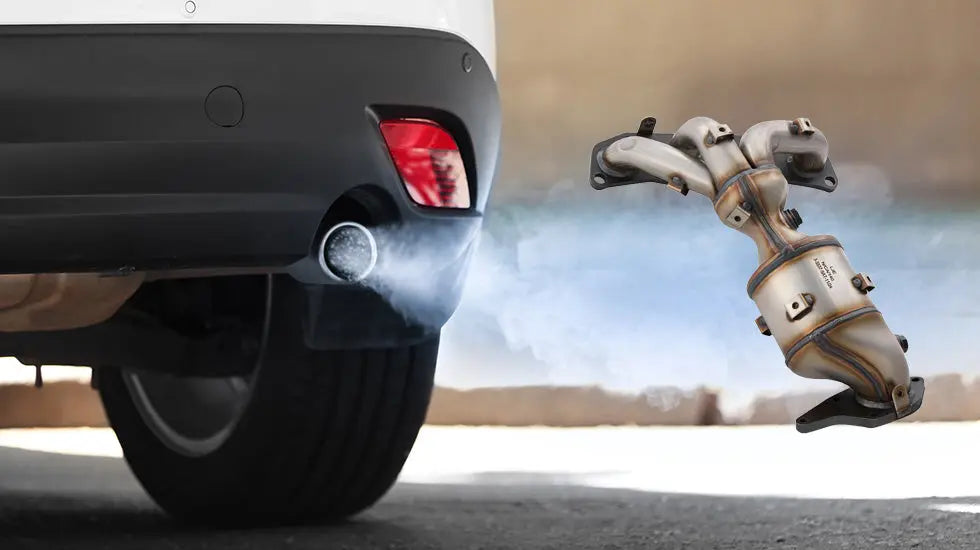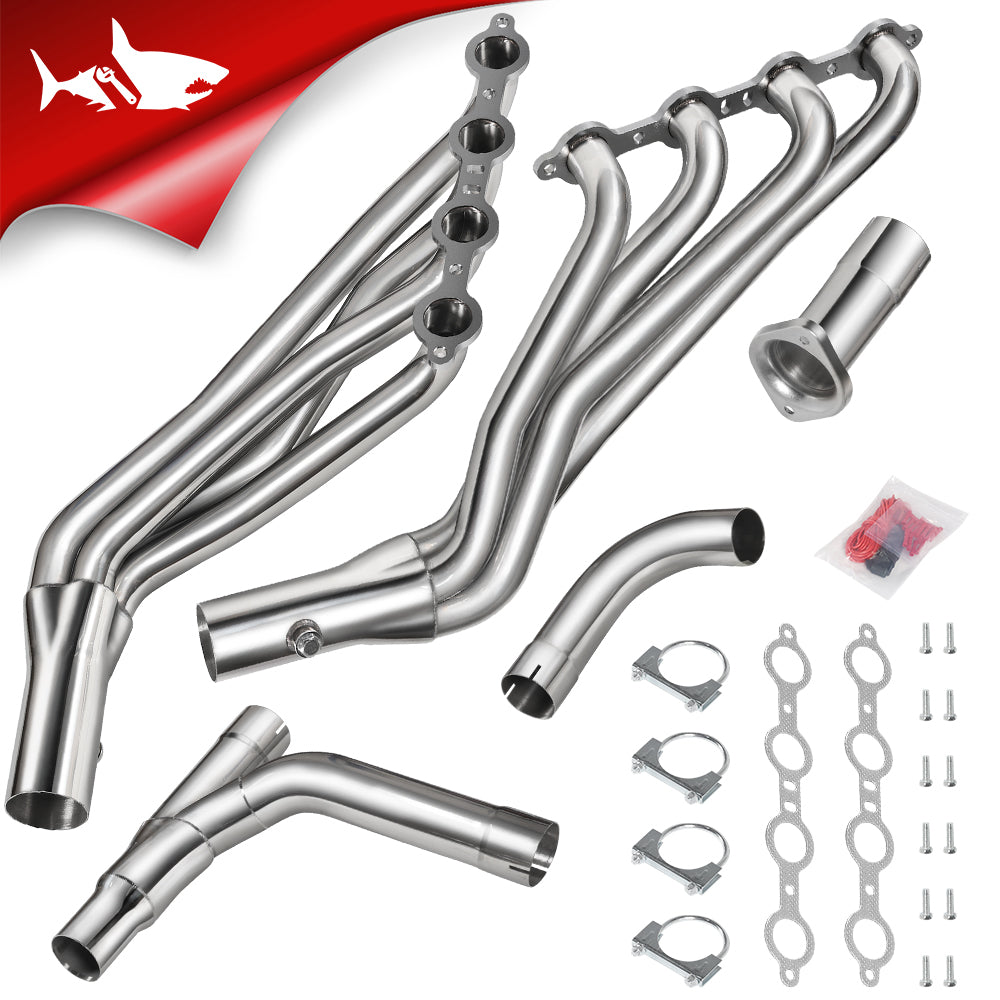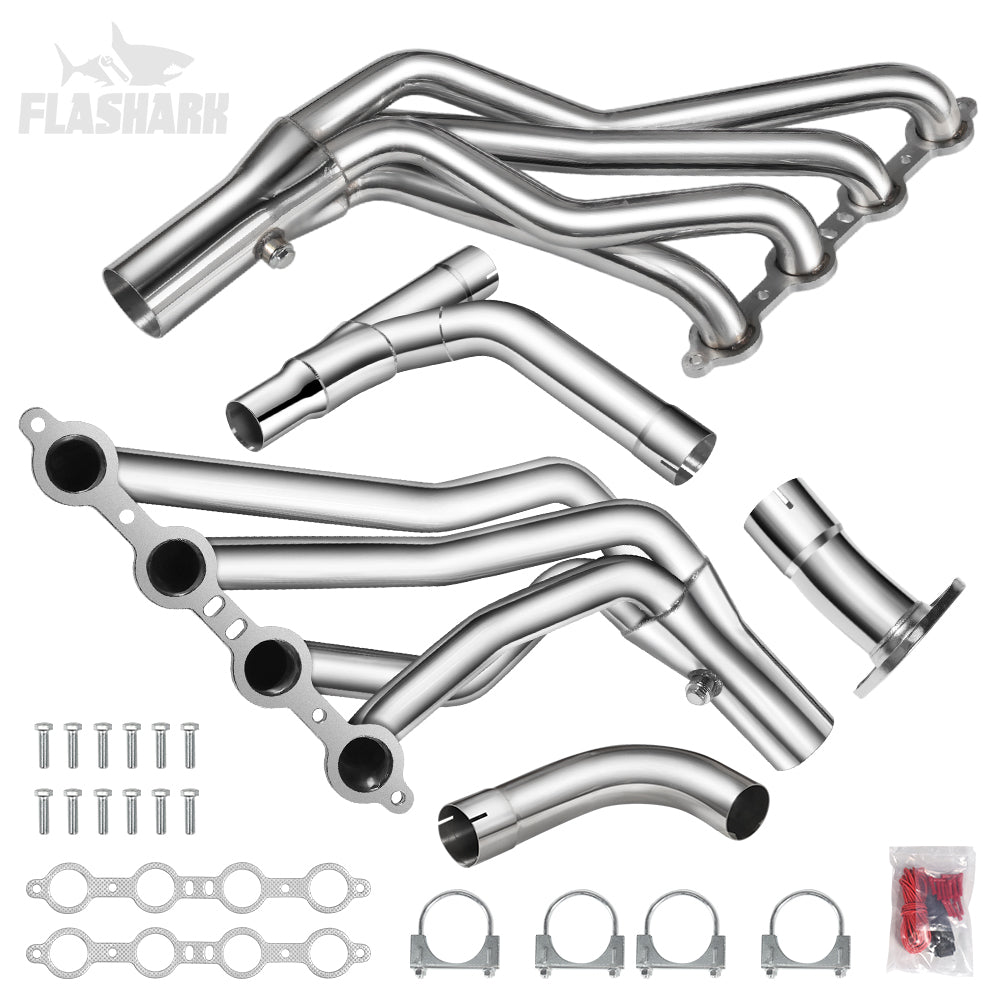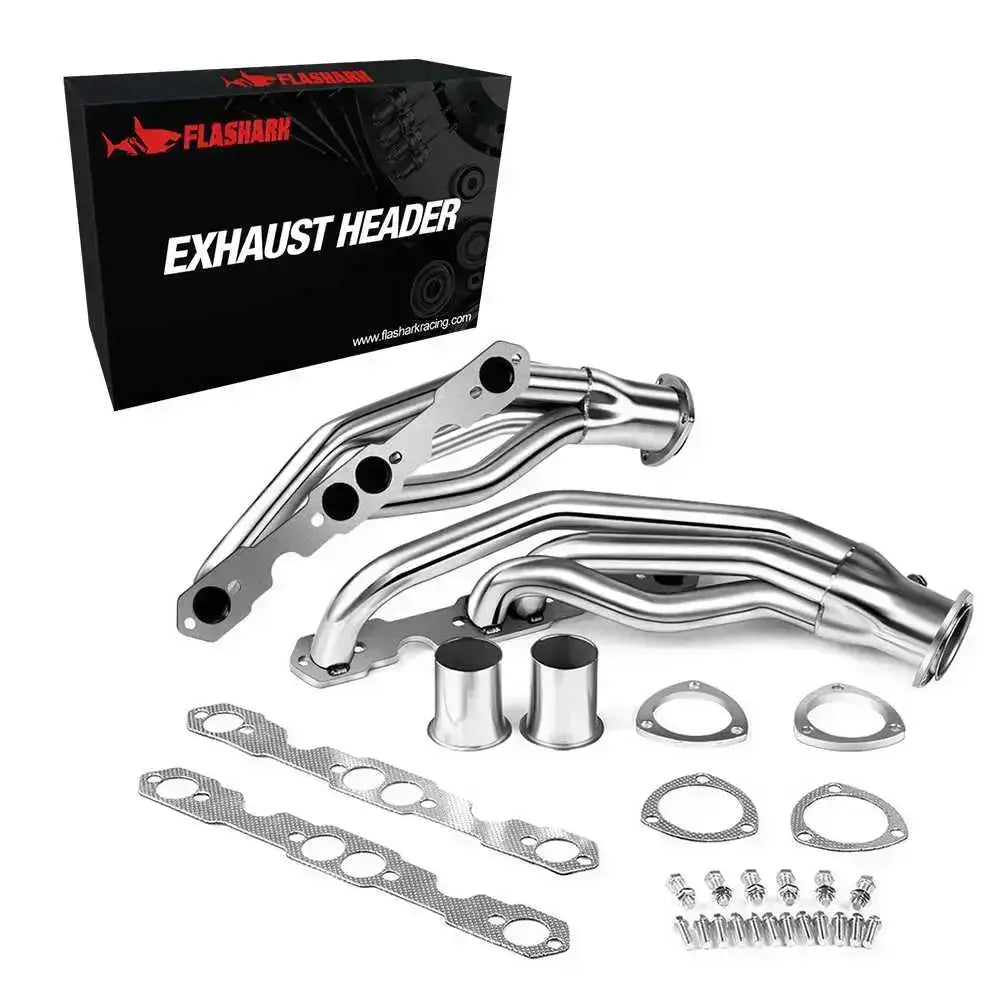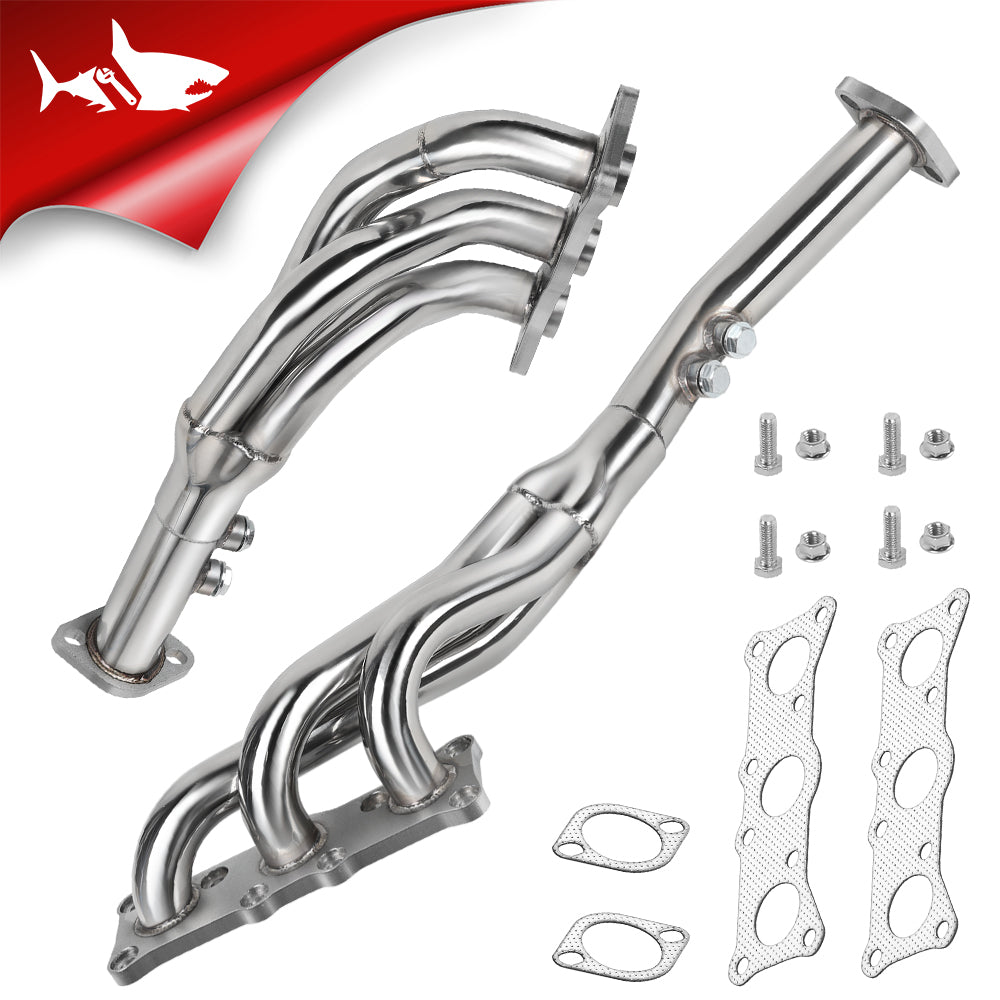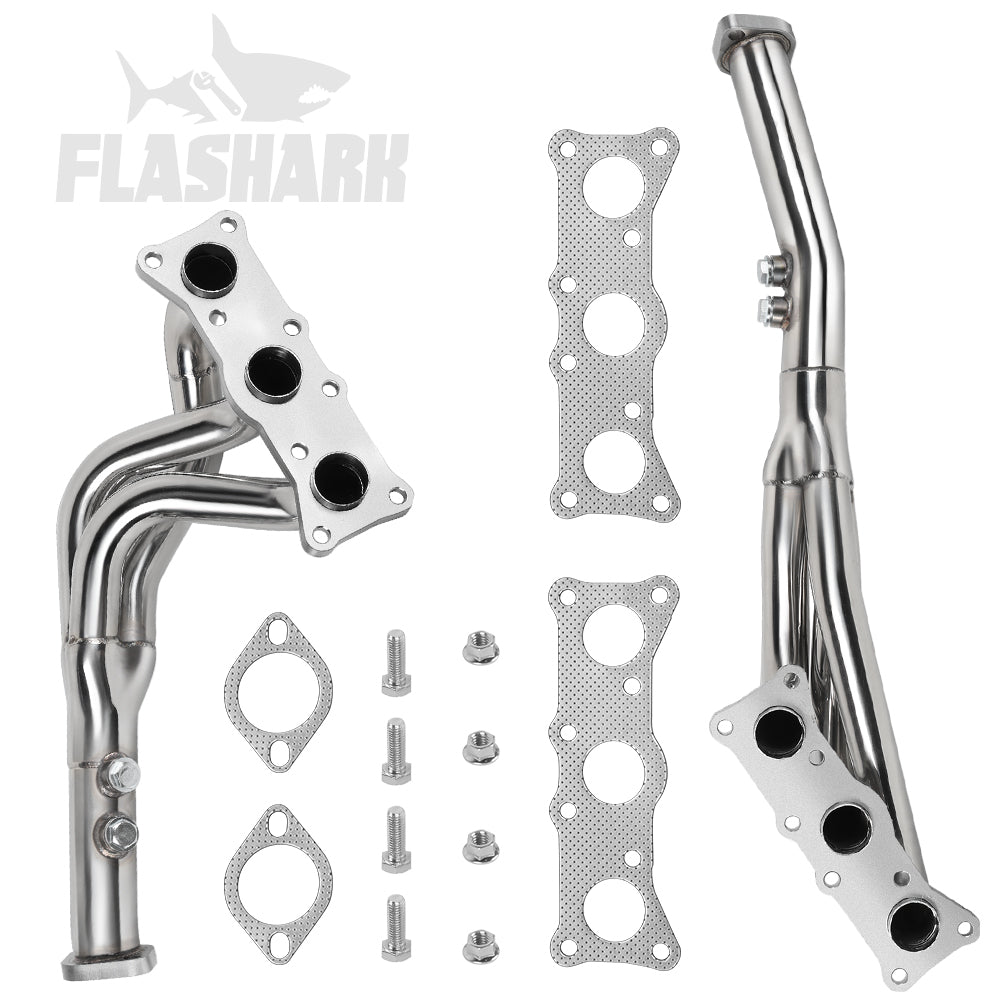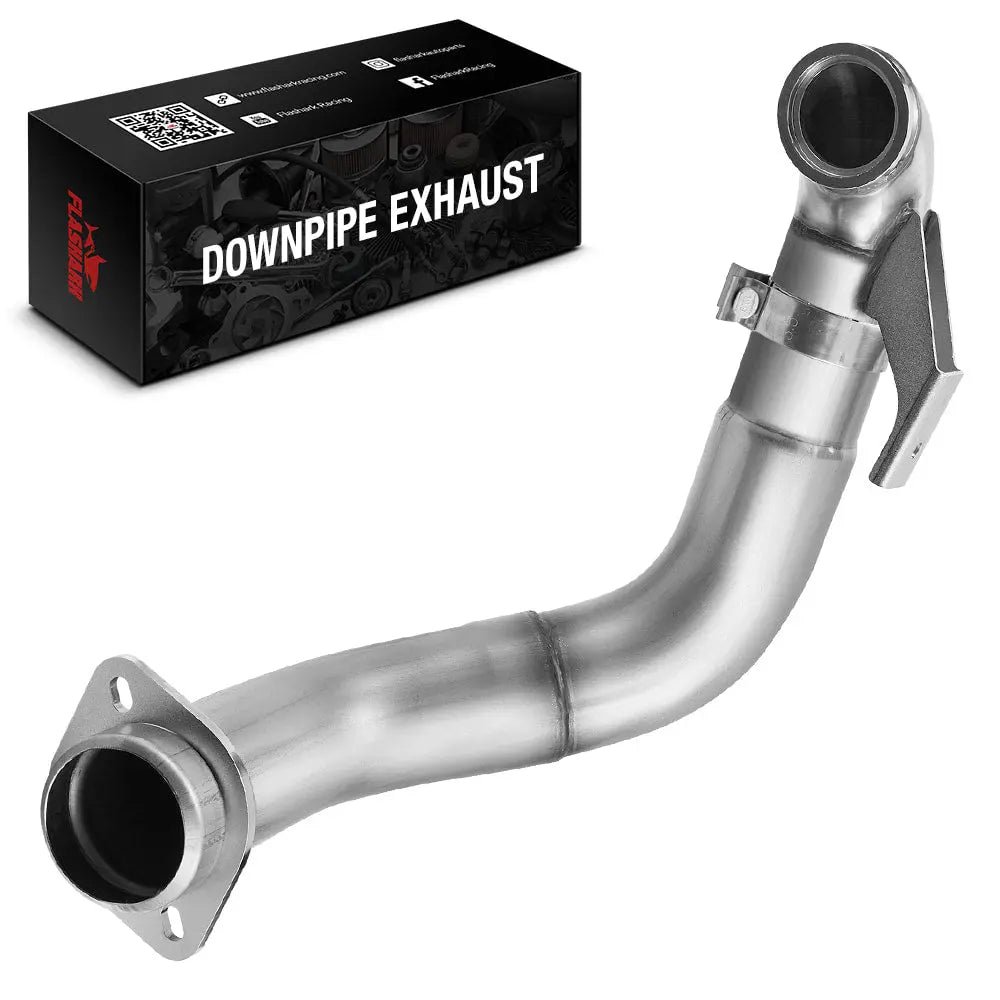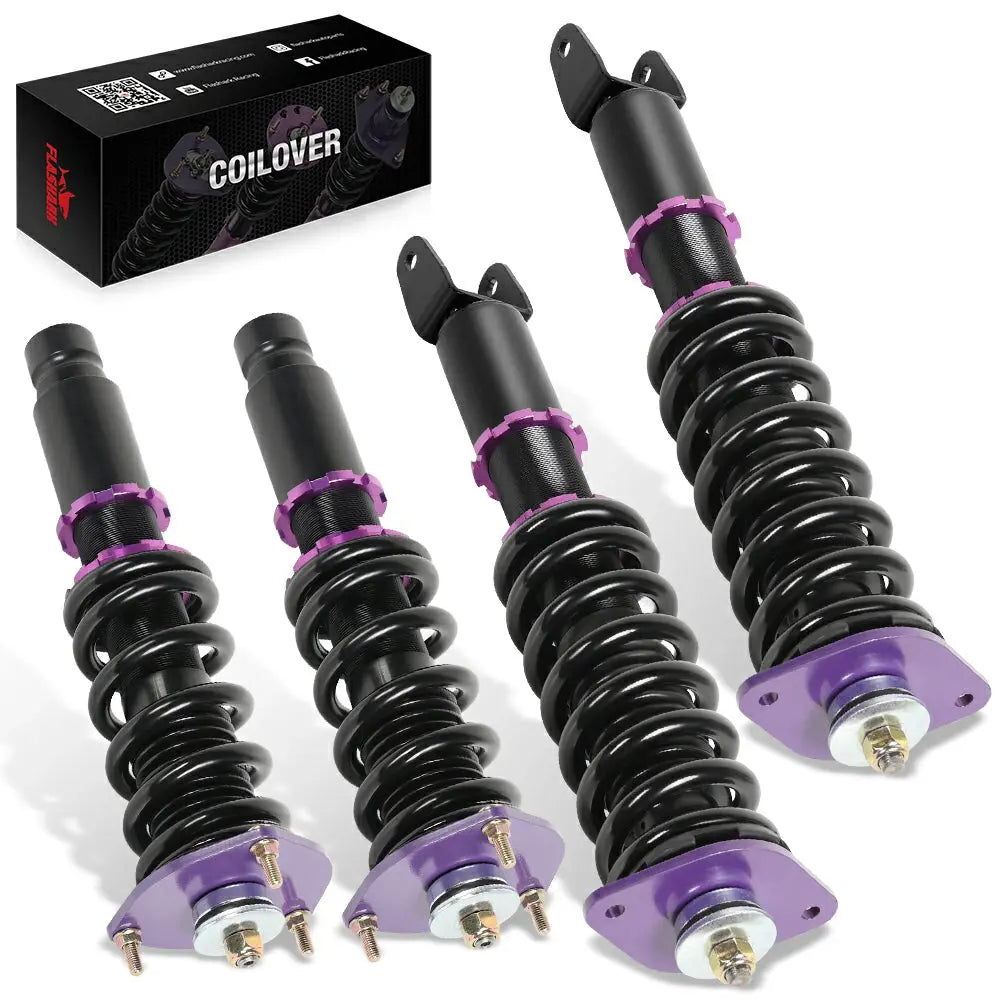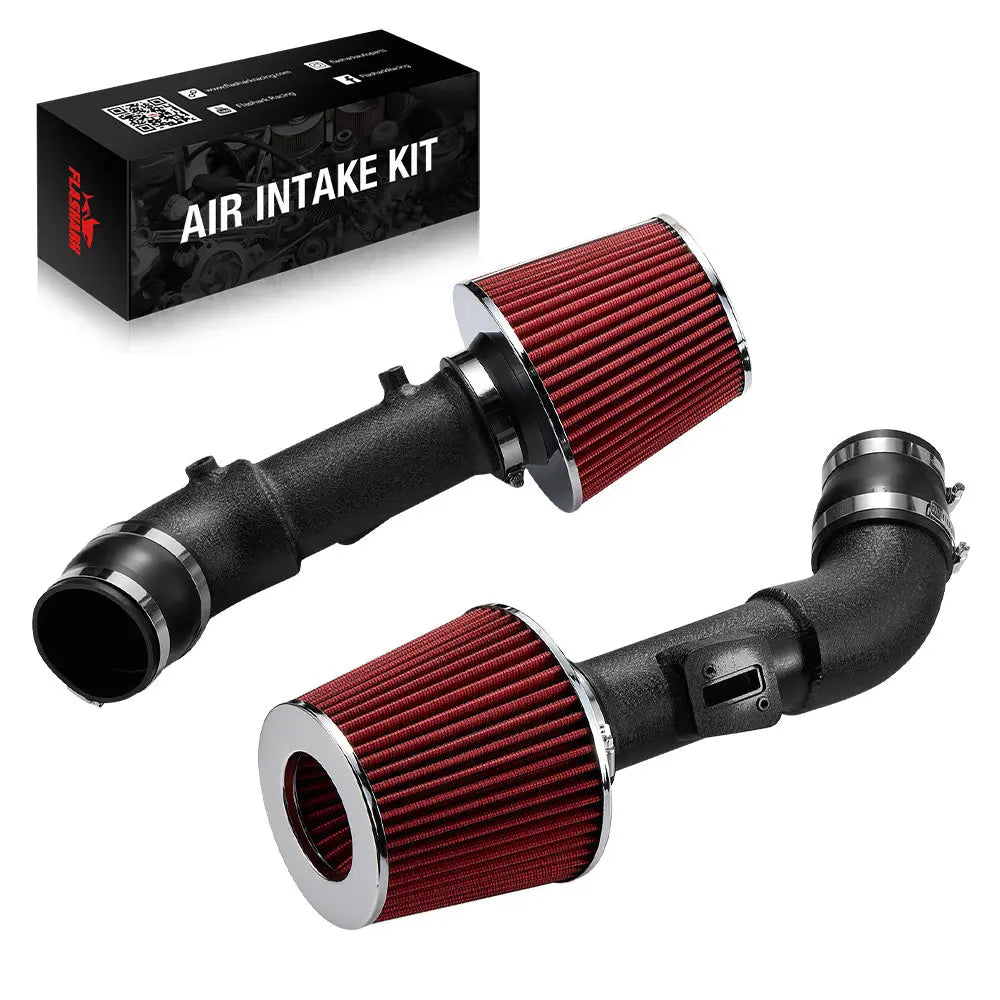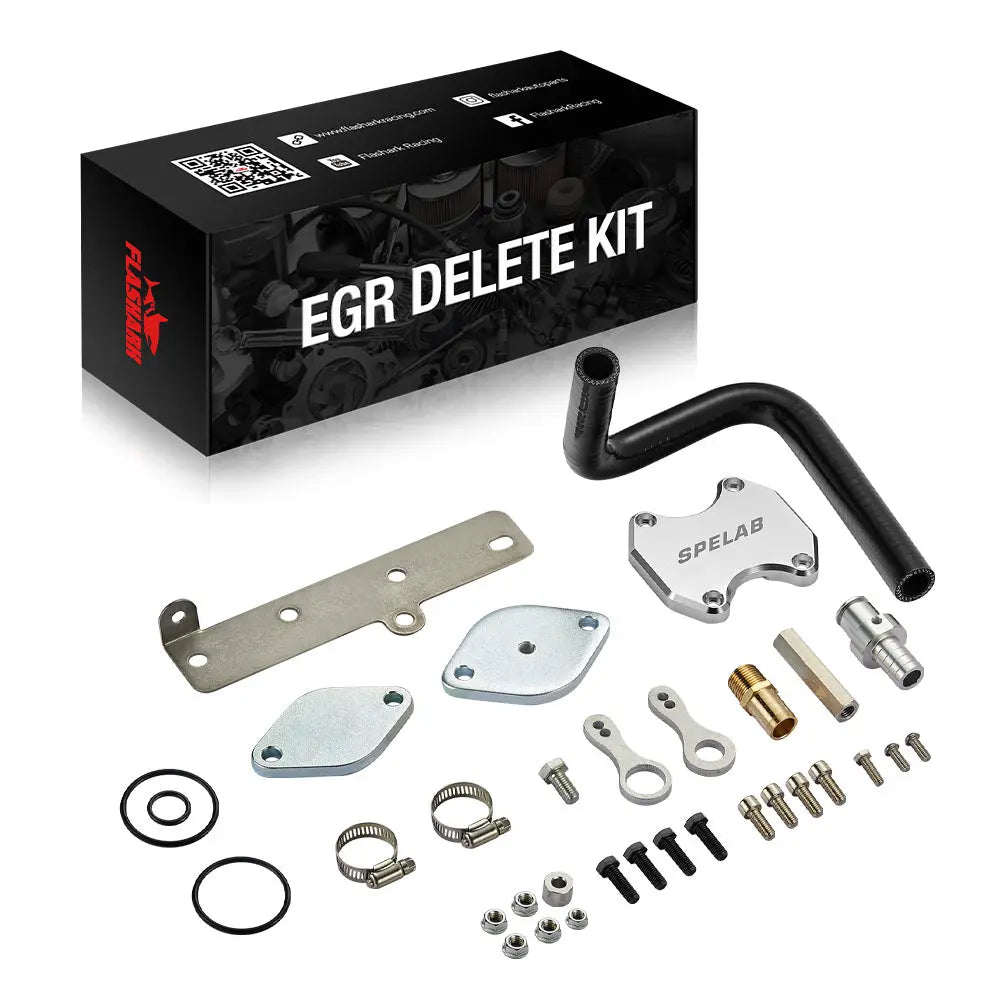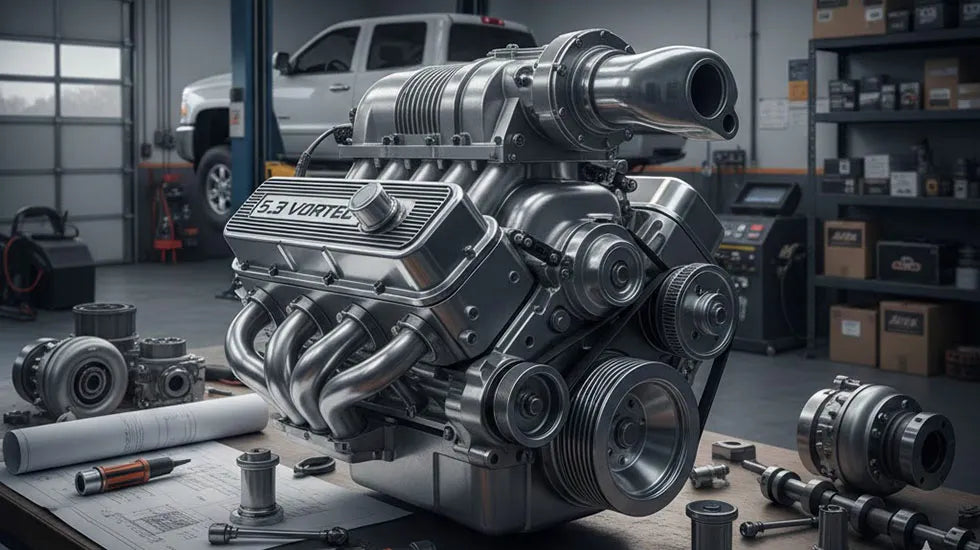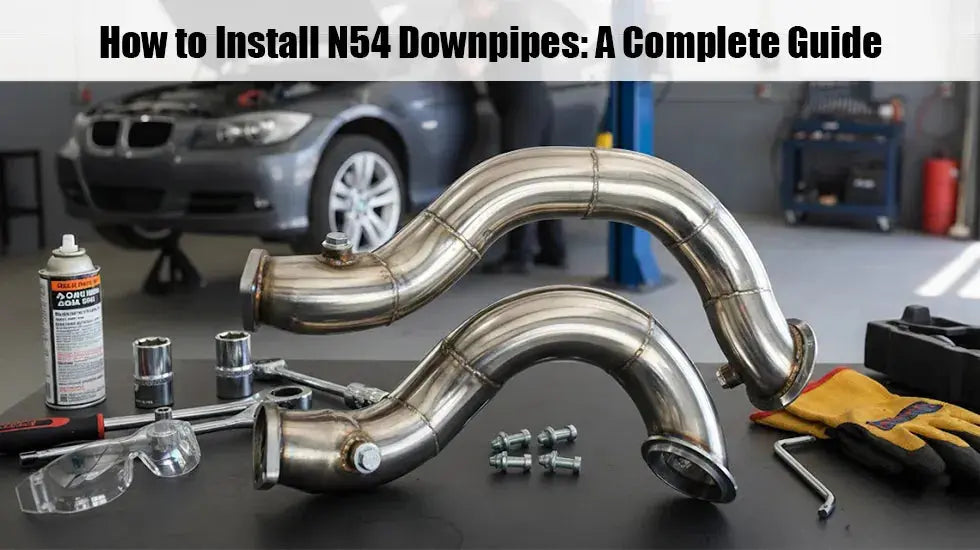Catalytic converters are an essential part of modern vehicles' emissions control systems. They play a key role in reducing harmful pollutants released into the environment from the car’s exhaust. If you’ve ever wondered how your car helps reduce its carbon footprint, the catalytic converter is likely the answer. In this article, we will break down the function, importance, and working principles of catalytic converters, providing insight into their critical role in vehicle performance and environmental protection.
Catalytic converters are an essential part of modern vehicles' emissions control systems. They play a key role in reducing harmful pollutants released into the environment from the car’s exhaust. If you’ve ever wondered how your car helps reduce its carbon footprint, the catalytic converter is likely the answer. In this article, we will break down the function, importance, and working principles of catalytic converters, providing insight into their critical role in vehicle performance and environmental protection.
What is a Catalytic Converter?
A catalytic converter is a crucial component in the exhaust system of most modern internal combustion engine vehicles. Its primary function is to reduce harmful emissions before they are released into the atmosphere. By using a chemical process, the catalytic converter transforms dangerous pollutants into less harmful substances, such as carbon dioxide and water vapor.

These devices were first introduced in the 1970s, following the Clean Air Act in the United States. As environmental regulations became stricter, catalytic converters were required by law to meet emissions standards. Today, nearly all gasoline-powered vehicles are equipped with them to comply with global environmental standards.
How Do Catalytic Converters Work?
Understanding how a catalytic converter works involves exploring the chemical reactions that take place inside it. A catalytic converter contains a metal substrate coated with precious metals like platinum, palladium, and rhodium. These metals act as catalysts, speeding up chemical reactions that would otherwise take much longer to occur.

The Three-Step Process
Catalytic converters generally operate using a three-step process: oxidation, reduction, and secondary oxidation. Here's how it works:
-
Oxidation: The first step involves converting carbon monoxide (CO), a colorless and odorless toxic gas, into carbon dioxide (CO₂). This happens when the carbon monoxide reacts with oxygen (O₂) over the platinum catalyst.
-
Reduction: The second step focuses on nitrogen oxides (NOx), which contribute to smog and acid rain. In this stage, nitrogen oxides are broken down into nitrogen (N₂) and oxygen (O₂) using the rhodium catalyst.
-
Secondary Oxidation: The final step further cleans the exhaust by converting unburned hydrocarbons (HC) into carbon dioxide (CO₂) and water (H₂O), using the palladium catalyst.
By completing these chemical reactions, catalytic converters help significantly reduce the amount of pollutants released into the atmosphere.
The Environmental Benefits of Catalytic Converters
Catalytic converters are a major technological breakthrough in automotive emissions control. Their contribution to improving air quality cannot be overstated.
Reducing Harmful Emissions
The most important role of a catalytic converter is its ability to cut down on harmful emissions produced by a car’s engine. It plays a vital role in lowering levels of carbon monoxide (CO), nitrogen oxides (NOx), and hydrocarbons, all of which can negatively impact the environment. These pollutants contribute to smog, acid rain, and even global warming.
In fact, a well-functioning catalytic converter can reduce up to 90% of harmful emissions from a vehicle’s exhaust. According to the Environmental Protection Agency (EPA), the widespread use of catalytic converters has led to a significant decrease in vehicular pollution since their introduction.
Compliance with Environmental Regulations
Many countries have strict regulations governing car emissions. In the United States, for instance, the EPA enforces emission standards, requiring vehicles to meet specific pollution thresholds. Catalytic converters are designed to ensure that cars adhere to these limits, helping vehicle owners avoid legal penalties.
Without a catalytic converter, a car could fail to meet emissions standards, leading to higher pollution levels and contributing to the degradation of air quality.
Types of Catalytic Converters and Their Differences
There are different types of catalytic converters designed to suit various vehicle needs. The most common types are two-way and three-way catalytic converters.
Two-Way Catalytic Converters
Two-way catalytic converters are typically found in older vehicles or those with simpler exhaust systems. They are designed to handle only two of the three key pollutants: carbon monoxide (CO) and hydrocarbons (HC). These converters are less efficient in reducing nitrogen oxide emissions.
Three-Way Catalytic Converters
Three-way catalytic converters are the most common in modern vehicles. They address all three pollutants: carbon monoxide, nitrogen oxides, and hydrocarbons. These converters are more efficient, allowing vehicles to meet the stringent emission standards set by governments worldwide. They are found in most gasoline-powered cars today.
How to Maintain and Protect Your Catalytic Converter
Like all vehicle components, catalytic converters require maintenance to ensure they function properly. Here are some key tips for keeping your catalytic converter in optimal condition:
Regular Vehicle Maintenance
To keep your catalytic converter working efficiently, it’s important to maintain your vehicle’s engine health. Ensure that the fuel system, air intake, and exhaust system are all functioning properly. An improperly running engine can lead to incomplete combustion, causing excess pollutants to reach the catalytic converter and potentially damage it.
Avoid Short Trips
Frequent short trips can prevent your catalytic converter from reaching the necessary operating temperature to burn off excess carbon and other residues. A longer drive at highway speeds helps maintain the converter’s efficiency and prevents clogging.
Keep Your Exhaust System Clean
Check for any leaks in the exhaust system. Even small leaks can lead to unprocessed exhaust gases reaching the converter, reducing its effectiveness over time.
Why Catalytic Converters Are Crucial for Meeting Emissions Standards
In many regions, emission standards are rigorously enforced to reduce the environmental impact of transportation. Without a catalytic converter, a vehicle would fail to meet these standards, leading to fines, penalties, and potentially the removal of the car from the road.
Catalytic converters are designed to ensure that vehicles adhere to these standards. For example, the EPA’s Tier 3 standards require cars to have advanced emissions technology, such as catalytic converters, to keep pollutants in check.
By converting harmful pollutants into less harmful substances, catalytic converters play a key role in reducing air pollution, improving public health, and mitigating the impacts of climate change.
How to Tell If Your Catalytic Converter Is Damaged
Here are the most common signs of a failing catalytic converter:
Check Engine Light: A malfunctioning catalytic converter often triggers the check engine light on your dashboard. This usually happens when the vehicle’s onboard diagnostics system detects that emissions are not within the normal range.
Loss of Power or Sluggish Acceleration: If your car feels slow to respond or lacks power—especially when accelerating—it may be due to a blocked converter that’s restricting exhaust flow.
Rattling Noise from Under the Vehicle: A damaged catalytic converter can produce a metallic rattling sound, often caused by broken internal components. This noise is most noticeable when starting the engine or accelerating.
Rotten Egg or Sulfur Smell: When the converter fails to properly process exhaust gases, it can produce a strong odor similar to rotten eggs. This smell comes from unconverted sulfur compounds in the exhaust.
Decreased Fuel Efficiency: A clogged converter can make your engine work harder than usual, leading to increased fuel consumption and reduced mileage.
Failed Emissions Test: If your car doesn’t pass an emissions inspection, the catalytic converter may no longer be doing its job effectively. This is often a required fix in regions with strict emissions laws.
If you notice any of these symptoms, it’s best to have your vehicle checked by a certified mechanic. Addressing the issue early can help you avoid further damage and costly repairs.
Conclusion
Catalytic converters are a vital part of your vehicle's emissions system, helping to reduce harmful pollutants and ensuring that your car meets environmental standards. By understanding their function, types, and the importance of proper maintenance, you can ensure that your vehicle runs efficiently while minimizing its impact on the environment. Regular maintenance and timely repairs are essential for keeping your catalytic converter in good working condition, helping to protect both your car and the planet.

